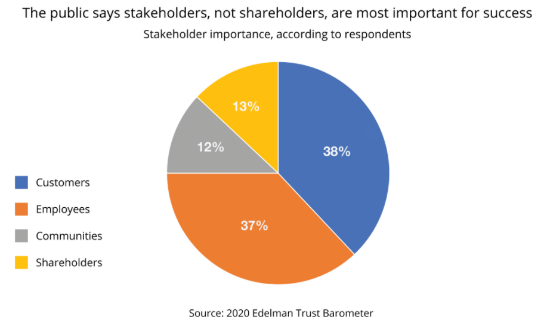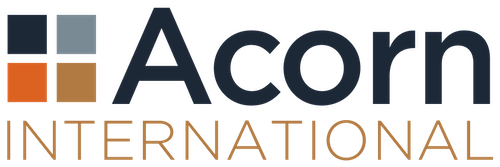ISSUE NO. 32: WHAT THE “S”? PART TWO – ABOUT ESG MEANING AND BUSINESS SIGNIFICANCE

Previously, we discussed the accelerating importance of ESG’s “S” to investors, customers, workforce and local communities. This article dives deeper into strategic value creation through “S”.
HOW DOES SOCIAL PERFORMANCE DRIVE BUSINESS VALUE?
Examples abound of what can happen to a company when it doesn’t manage social risk with the same rigor as financial, legal, or market risk. Take Rio Tinto’s response to its legally authorized destruction of 46,000 year old cave sites critical to Aboriginal heritage. A board review identified that significant reductions in the company’s team of social performance specialists over the past decade contributed to the institutional weaknesses that allowed it to proceed with the actions it knew would violate its own policies, and preservation and conservation plans. The fallout cost Rio’s CEO and two other executives their jobs and diverted board and management attention to crisis response for months, impacting brand, reputation and perhaps the industry as a whole. Investor groups are now calling for even more extreme and transparent change. Writing on investor’s reactions to the event, ABC’s Australian affiliate warned “Once, the only real transgression was underperformance or mismanagement… Now, boardrooms are under siege.”[1]
Rio Tinto is far from alone. Our consultants are increasingly asked about how to avoid, and even foresee, social aspects and risks to their business. Lawsuits against Apple and Nike for unfair labor practices, local government-led shutdowns of Tyson, Smith eld and JBS meatpacking plants over concern for inadequate public health protections early in the pandemic, and boycotts of Disney’s Mulan for insensitivity to human rights violations of ethnic Uighurs lead a long list of examples of how businesses are increasingly at risk of business impact and reputational damage when they fail or are perceived to fail, to sufficiently foresee and manage the social risks of their activities.
MEASURING “S” TO EVALUATE RESILIENCY
The “S”ocial element is emerging as both the hardest to measure yet the most influential factor in both preserving business resiliency during disruptions like the global pandemic, racial injustices and social inequities, and in driving future business value. Employees, customers and investors, not to mention other critical stakeholders, increasingly reward businesses that meet their fast-growing demand to demonstrate impactful, ongoing contributions to societal resilience. The Edelman trust barometer survey found that 87% percent of the public believes that other stakeholders (including communities, employees and customers) are more important than shareholders to a company’s long-term business success. This represents a signifcant shift from a decade ago.
WHAT CAN BE DONE TO IMPROVE SOCIAL PERFORMANCE?
The good news is that social scientists, working hand-in-hand with business leaders, are learning how to create lasting solutions to improve social performance, just as safety engineers did a generation ago. In our experience, this starts with some bold but critical steps:
Vision: Define your corporate purpose and measure social performance against it. Expand the eld of vision beyond today to what could be coming tomorrow.
Boards should demand clear articulation encompassing commitments to social responsibility interwoven with the business’s unique values and strategy. This is how a company can begin to make “S” a forethought, not an afterthought in business practices.
Organization: Elevate social performance to a line function (with appropriate metrics and incentives), not a cost center that typically ends up in the crosshairs of cost savings.

Accountability: Recognize and communicate that social performance is an essential responsibility of business and that awareness is an operating function, every employees’ responsibility, and not an afterthought. This is especially true in supply chain management over which the company has direct control.
People: Collaborate with all employees to mainstream social performance elements into standard operating procedure. As with safety performance, social responsibility is best delivered when it is part of everyone’s performance review, KPIs, and bonuses, and informs all workforce-related decisions.
Getting “s”ocial elements right requires a meaningful shift in focus and practice for business; however, it’s a shift that is befitting of the times. Failing to understand and actively manage social performance as a critical business function will increasingly put businesses in the crosshairs of protests, strikes, boycotts and social, environmental and governance related risks that challenge boards by garnering negative attention and suffocating growth. Companies that make the commitment to understand and consistently deliver better social performance are those that will thrive in this age of increased social responsibility.
Next in our series of articles about the ‘S’: we will take a closer look at company approaches to workforce social performance, and in particular, the importance of DEI.
[1] https://www.abc.net.au/news/2020-09-14/superannuation-forcing-change-rio-tinto-juukan-gorge/12659824
News & Notes

Acorn International
1702 Taylor St, Suite 200B
Houston, TX 77007, USA
1213 Purchase St
New Bedford, MA 02740, USA
